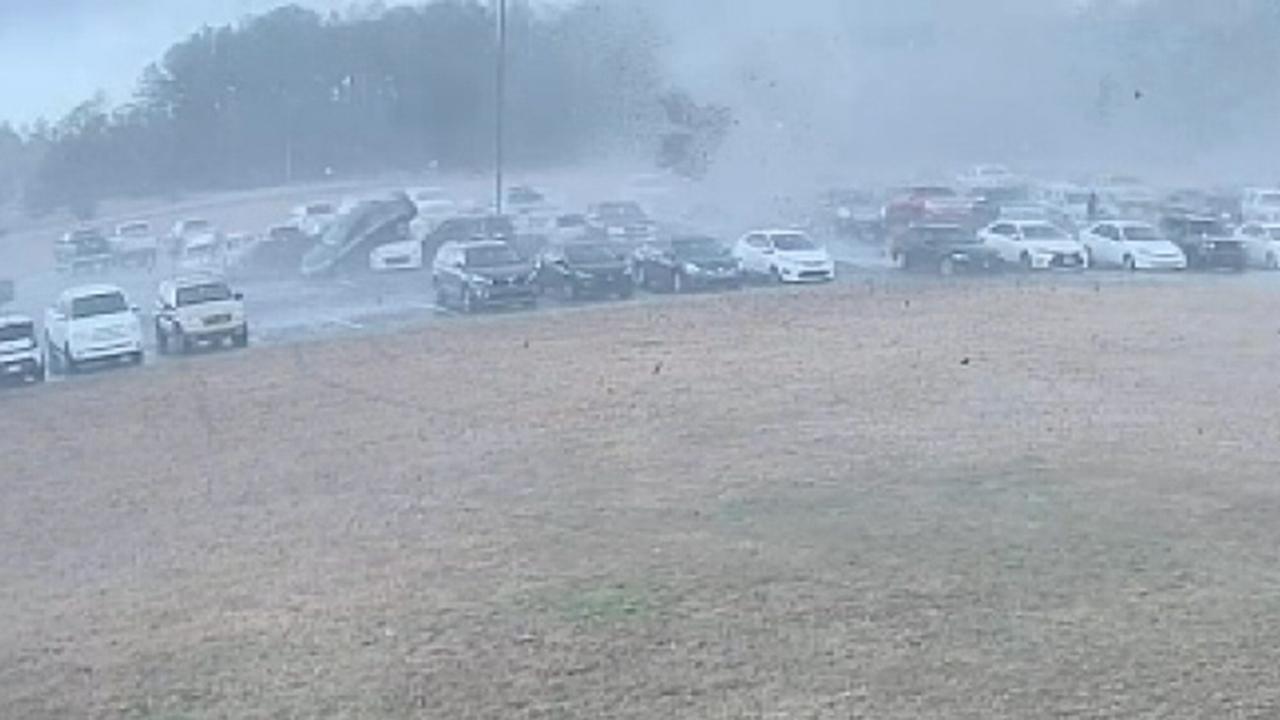Blown Away: Wild video of first-hand tornado experiences
Many people have risked their lives to capture video of tornadoes. Here is a look at some of the most incredible footage captured of tornadoes over the past few years.
Born from thunderstorms, tornadoes can cause immense devastation, ripping apart homes and tossing cars like toys.
Tornadoes can happen any time of the year, but there are distinct seasons for twisters in different parts of the country, according to the National Oceanic and Atmospheric Administration's Storm Prediction Center (SPC). On average, around 1,200 tornadoes are reported in the U.S. every year.
"There is a general northward shift in "tornado season" in the U.S. from late winter through midsummer," the SPC says. "The peak period for tornadoes in the Southern Plains, for example, is during May into early June. On the Gulf Coast, it is earlier during the spring; in the Northern Plains and upper Midwest, it is June or July."
HOW STRONG CAN TORNADOES GET? HERE'S A BREAKDOWN
On average, tornadoes kill about 60 people per year, mostly from flying or falling debris. The actual number can vary from single digits to hundreds, depending on both "weather and society" at the time, according to the SPC.
So what's the difference between a "tornado watch" and a "tornado warning?"
Tornado Watch
Forecasters at the National Weather Service's Storm Prediction Center will issue what's known as a "tornado watch" if weather conditions favor thunderstorms capable of producing tornadoes in a region.
When watches are issued, they cover counties in states where tornadoes may occur and are typically large, encompassing numerous counties or even states.

The difference between a tornado watch and a tornado warning. (National Weather Service)
The NWS advises those in the watch area to be prepared, including reviewing and discussing emergency plans, checking supplies, and reviewing a safe room in case conditions change.
WHAT WAS THE DEADLIEST TORNADO IN THE US? HERE ARE THE 10 WORST ON RECORD
"Be ready to act quickly if a warning is issued or you suspect a tornado is approaching," according to the NWS. "Acting early helps to save lives!"
Tornado Warning
When a tornado has been sighted on the ground or is indicated by weather radar, forecasters will issue a tornado warning.
Tornado warnings encompass a much smaller area, like the size of a city or small county, that may be impacted by the storm being tracked by a spotter or on weather radar. They are issued by local forecast offices.
"There is imminent danger to life and property," the Weather Agency states. "Move to an interior room on the lowest floor of a sturdy building. Avoid windows."
CLICK HERE FOR MORE WEATHER COVERAGE FROM FOX NEWS
Those in a mobile home, outdoors, or in a vehicle are advised to move to the closest substantial shelter to protect themselves from flying debris.



